Builders need to stop paying lip-service to quality, argues former site manager Liam White.

Who is responsible for a building’s safety? This summer’s Grenfell Inquiry report pinned ultimate responsibility for the tragedy on the principal designer of its prior refurbishment project – architecture practice Studio E. Public narrative around the wider architecture profession has also taken on a scathing tone.
Little such motive to improve, however, seems to be placed on the firms doing the actual work: building contractors.
While the safety of a structure begins with its design, the final outcome rests on the quality of its construction – which is all too often managed in a disjointed, haphazard way.
A building’s safety hinges on the builder’s mindset
Spurred by Grenfell, a generational-scale programme is underway to replace thousands of flammable facades still threatening the safety of building occupants across the UK.
Coming to light through the process of stripping buildings of the now-banned cladding is a further safety concern: the occurrence of poor-quality workmanship by the builders who installed it – from missing fire barriers to randomly placed structural fixings.
The staggering number of at-risk buildings offers contractors abundant work to put right the wrongs of their predecessors. But are they doing any better today?
The Grenfell Inquiry doesn’t mince words in its assessment of the scheme’s main contractor, Rydon – saying its “casual attitude” toward fire safety contributed heavily to the disaster. It goes on to suggest a competency-based licensing system for any contractor working on ‘higher-risk’ buildings. But for now, it’s up to contractors to improve their own competence – and that change simply isn’t happening fast enough.
The limiting factor is mindset: without a paradigm shift in mentality, contractors will continue to build substandard work and will fail to regain the public’s trust.
Site managers: an overlooked part of building safety
The success of a building project depends on a contractor’s boots-on-the-ground personnel: its site managers. Those individuals are tasked with a slew of duties, from coordinating trades to fielding complaints from disgruntled neighbours.
Prioritising the workload is a balancing act, and to help overwhelmed managers cope, contractors preach the ‘safety, quality, programme’ maxim: a triage system of descending priorities – with safety to the fore. For today’s largescale builders, onsite safety is king: briefings revolve around graphic images and skin-crawling examples of what can go wrong on the job – and with legal consequences for wrong decisions ever looming over their hard hats, managers’ reverence of safety is well deserved.
But what of quality? In theory, it’s the next critical priority. In practice, it’s often passed over in favour of ‘pushing programme’. That reality is pointed out in the Grenfell report, which notes the industry is ready and willing to “sacrifice quality to speed and cost”.
Quality assurance is treated as an afterthought. With so much of their time spent on other tasks, site managers don’t start considering quality until work is ready to inspect and hand over. And because detailed design is handled by subcontractors, they lack the technical knowledge necessary to spot incorrect work.
Though top of the site pecking order, site managers have become pencil pushers: removed from the nuts and bolts of the build process, but with the authority – and duty – to certify installed work is safe.
Quality work requires focus – and more hands
The technical ineptitude of site managers, however, isn’t all their fault. They’ve fallen victim to the prevailing mentality of contractors: that site teams should keep up with an ever-increasing load of safety inspections and compliance paperwork, while staying on top of quality assurance – with no additional support.
“Remediation projects on towers with hundreds of occupied flats might be managed by just one site manager.”
The monumental strides taken by the building industry around safety are in large part due to new responsibilities placed on site teams, but staffing hasn’t kept pace: remediation projects on towers with hundreds of occupied flats might be managed by just one site manager. Competition for work, paired with tenuous profit margins, mean that contractors are reluctant to overstaff their projects – if a site’s management isn’t spread thin, it’s deemed inefficient.
That mentality, while necessary to compete in today’s market, ultimately puts occupants at risk. What needs to change?
Competency
‘Competence’ of construction personnel is mentioned 30 times in the Grenfell report – and rarely in a positive sense. Training systems need an overhaul, and for contractors, that should start with site staff. Site managers come from backgrounds in engineering, trades, or even business management – and major skill gaps result.
On-the-job training isn’t enough. With authority to sign off work that could one day be the focus of another public inquiry, site managers need formal instruction on the basics of quality assurance – from technical standards to testing criteria.
But those quality assurance systems are only effective if there are enough people to run them. Contractors need to realise that raising site staff numbers isn’t a superfluous choice – it’s a necessity to comply with ever-tightening legal standards and public expectations.
Clients also have a role to play: clearly outlining expectations around quality assurance at the bid stage, and keeping a close eye on their chosen contractor’s adherence during the build.
A time to reflect and reset
Most critically, builders need to stop paying lip-service to quality – move on from viewing it simply as an accessory to the build process and start thinking of it as a core element.
The government’s response to Grenfell has been clear: the tragedy marks the start of a new era for UK construction. Strict new regulations will force the industry to adapt – to the chagrin of contractors with an outdated mindset, but not to those with an eye on the future. Forward-thinking builders will embrace the changing landscape as an opportunity to look inward and get better.
The UK is a world leader in construction safety, there’s no reason it can’t achieve the same standing with quality.
Liam White is a former site manager who has worked for construction companies including Kier and Berkeley Homes.
Comments
Comments are closed.


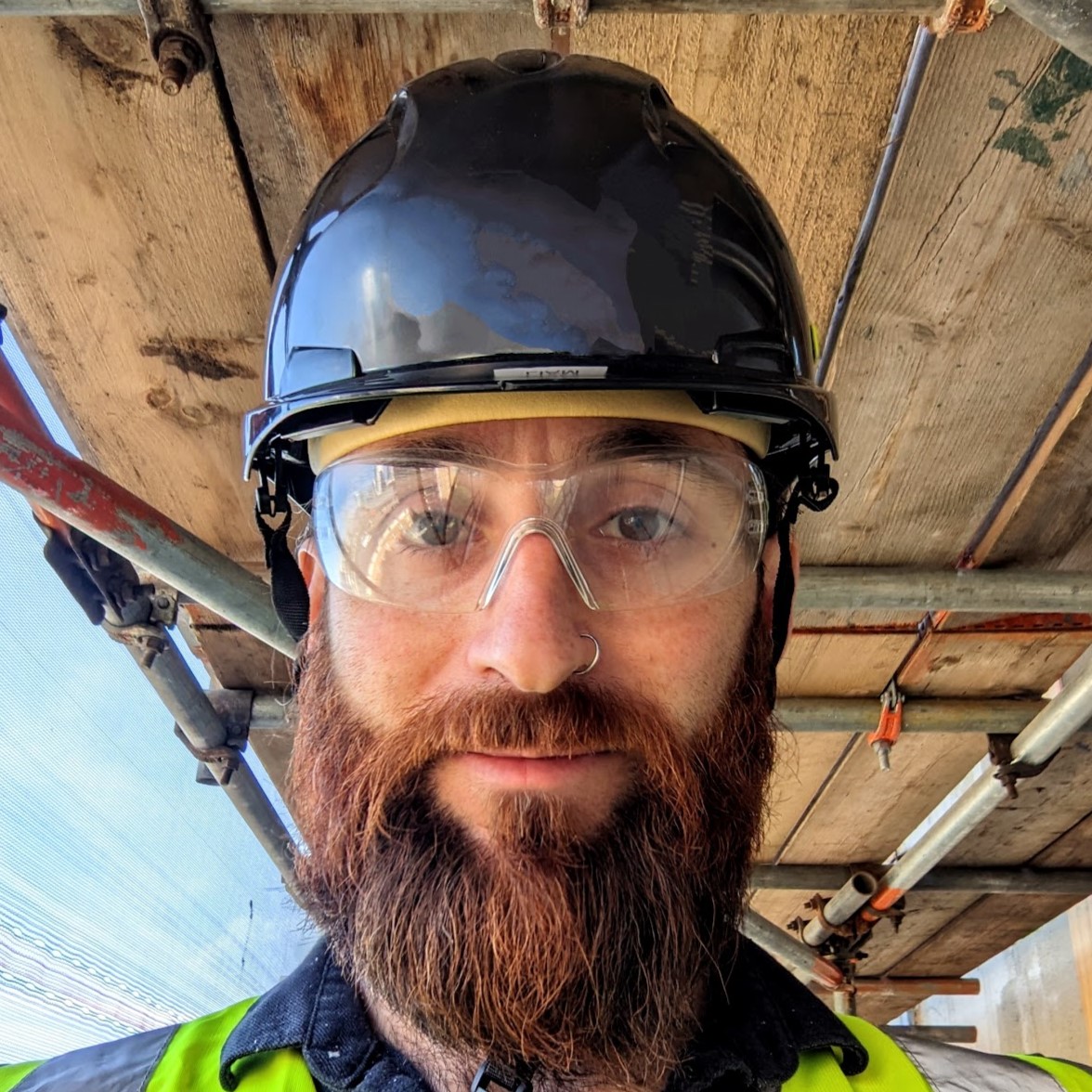

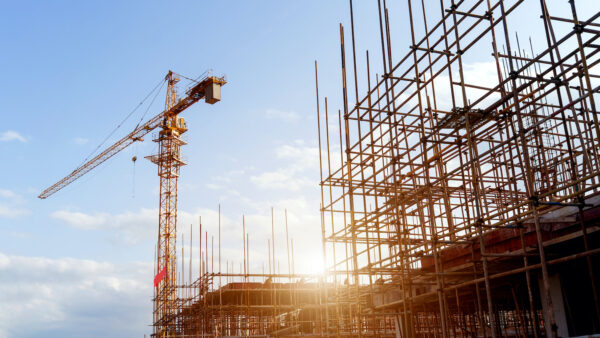
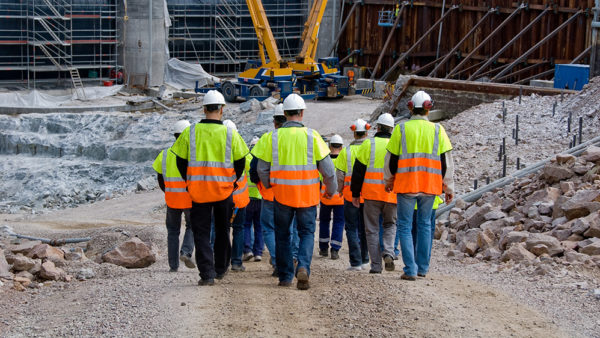
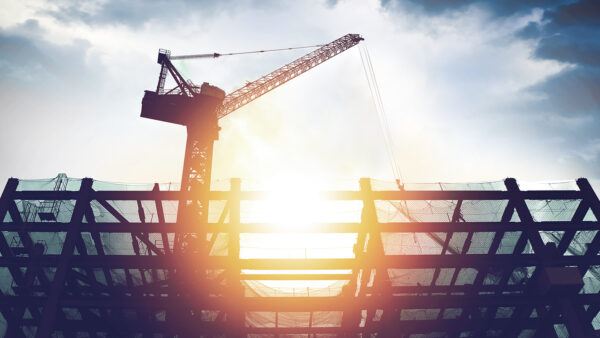
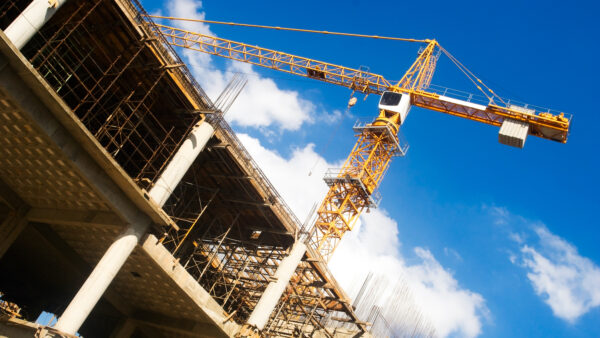
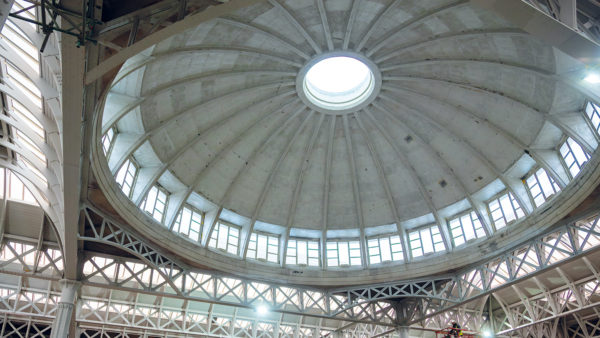



One of the seminal change points in construction safety was the introduction of CDM Regs which took a great deal of the safety, health and welfare issues out of the arena of competitive pricing. Previously the estimator’s principle mantra was likely to be that I cannot include this, that or the other because my competitors won’t and my bid will not be successful.
Maybe there is a way that the site management aspects could be treated in a similar way for tendering purposes. Fir many years, the site manager has been over-stretched and, when that happens, something has to give and the sad saying was that ‘nobody ever went to jail over quality’. In this way, H&S trumped quality, and the balance needs to be restored.
Interesting comparison, Ian. I suppose the Golden Thread requirements will serve a similar purpose, and contractors will eventually need to get on board with prioritising QA. But seems we’re in a lag period right now where the legislation is in place but culture hasn’t caught up yet.